Quinoa has managed to land a spot in nearly every overpriced salad bowl and grain blend at fast casual health spots. It’s treated like the gold standard of clean eating, tossed into everything from wraps to smoothie bowls. But behind the health halo, there’s more going on than most menus let on. Some of the issues hit your stomach, others hit the environment and none of them get talked about nearly enough. Quinoa isn’t the worst thing you could eat, but it might not deserve the superfood status it keeps getting handed.

The Environmental Cost Is Bigger Than You Think
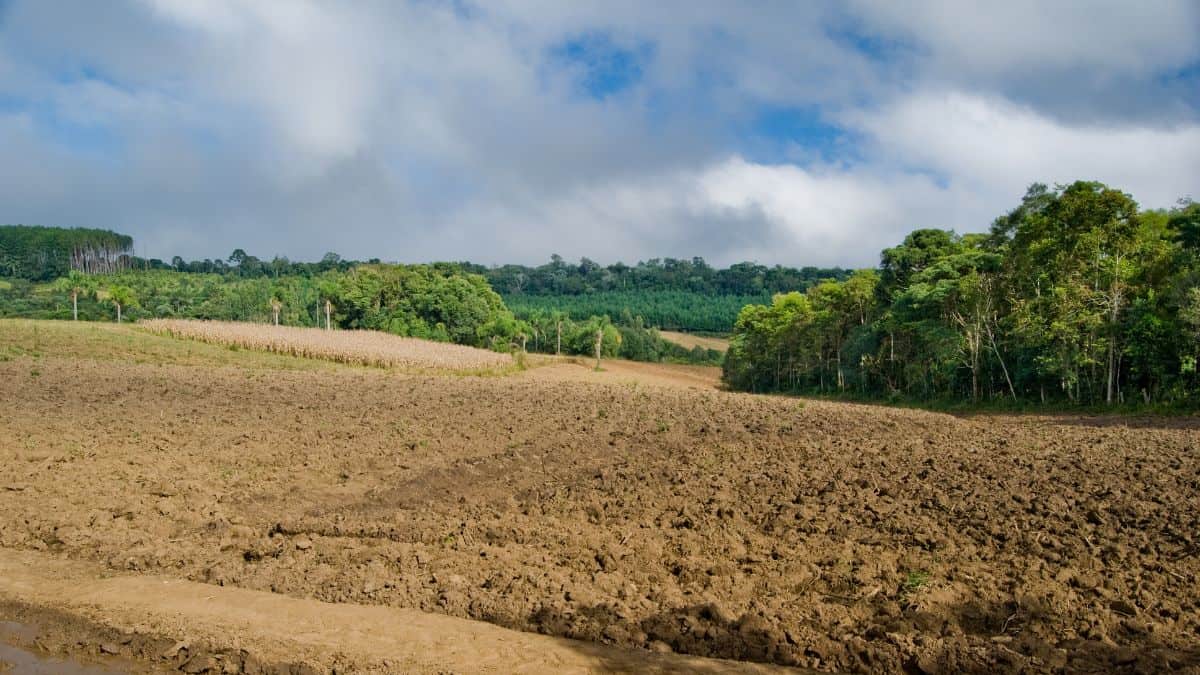
Quinoa’s explosion in popularity has pushed farmers in South America to overwork the land just to meet global demand. In places like Bolivia and Peru, fields once used for a variety of native crops now grow almost nothing but quinoa. This shift has led to soil depletion, erosion, and fewer long-term options for sustainable farming. The ripple effect stretches far beyond your grain bowl.
Not Everyone in the Supply Chain Benefits
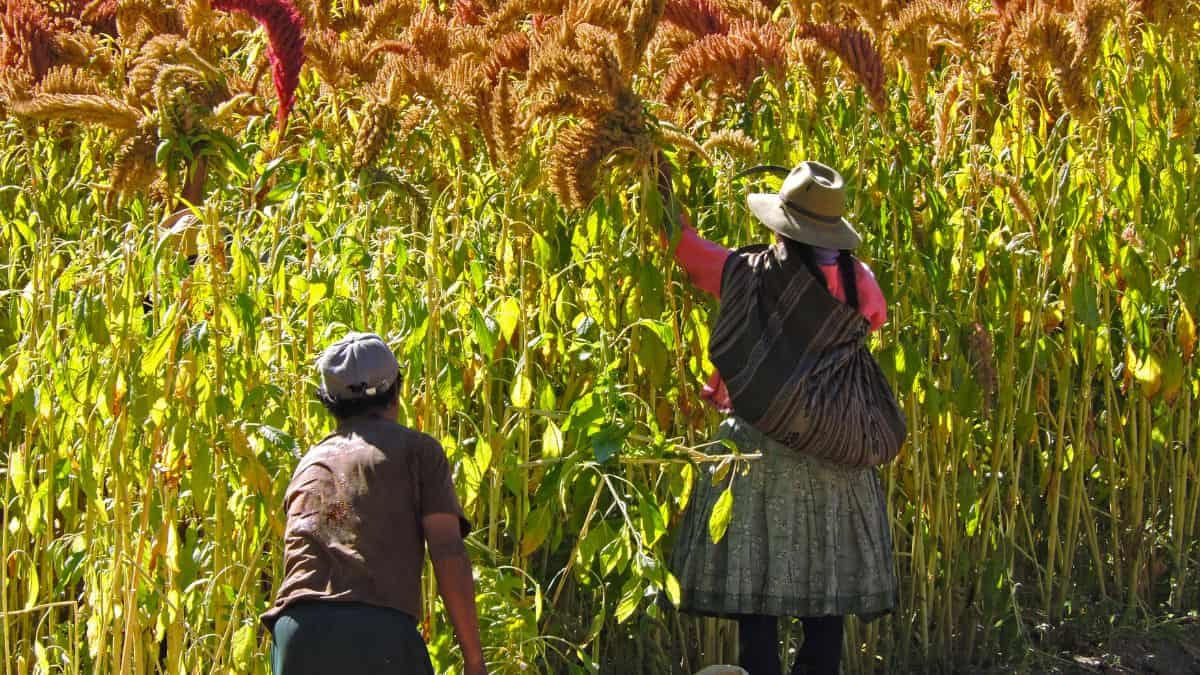
The quinoa boom brought attention and money into farming regions, but it hasn’t always helped the people doing the work. In many cases, local farmers still face low pay, long hours, and limited resources while middlemen and exporters profit. A grain once grown for local communities is now priced out of reach for many of the people who have cultivated it for generations.
It Can Trigger Reactions You Didn’t Expect

Quinoa contains saponins, which are naturally occurring compounds that help protect the plant but can be harsh on your body. For some people, they cause allergic reactions, stomach cramps, or other digestive issues. Even when processed, trace amounts can remain, making quinoa a rough choice if your gut is already sensitive.
It Packs More Calories Than You Might Realize
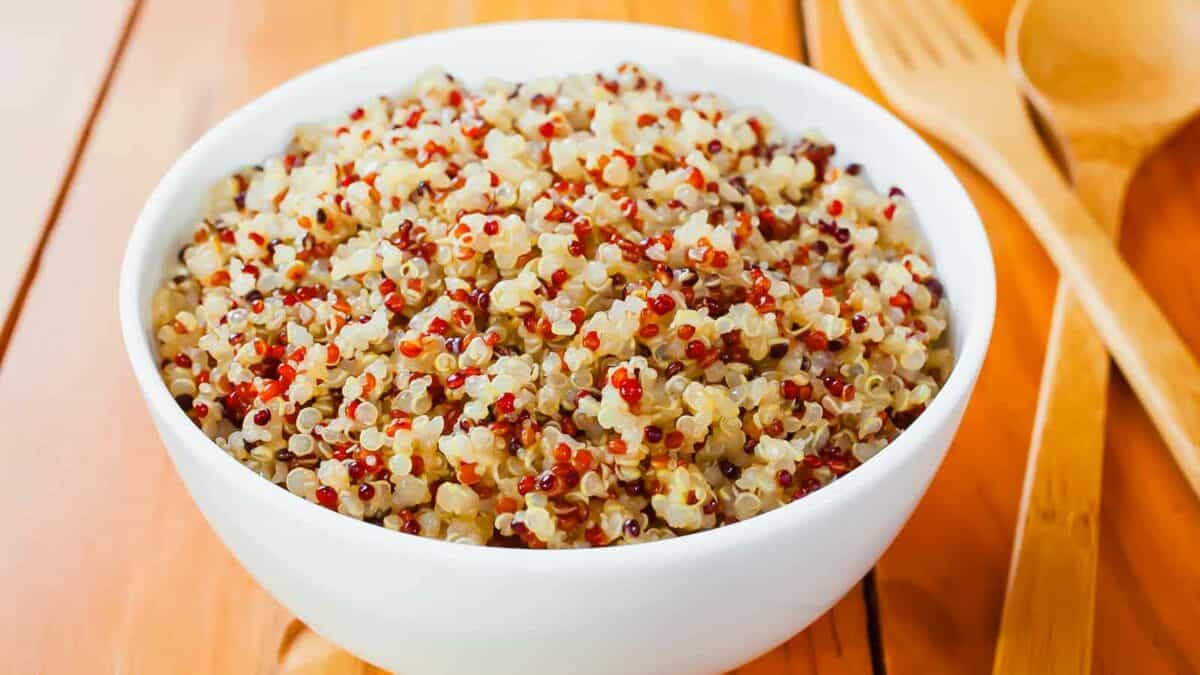
Quinoa might look like a lighter option, but one cup of cooked quinoa has over 220 calories. On its own, that’s not a problem, but it adds up fast, especially if you treat it like a side dish. If you’re watching your calorie intake, quinoa can quietly tip the scale more than you expected.
The “Complete Protein” Label Isn’t the Whole Story

It’s often praised for being a complete protein, but that doesn’t mean it’s a powerhouse on its own. Quinoa contains all nine essential amino acids, but not all in large amounts. Lysine and isoleucine, for example, show up in smaller quantities than you might think. It’s a decent plant-based protein, but not exactly a replacement for more concentrated sources.
More Pesticides Are Part of the Price
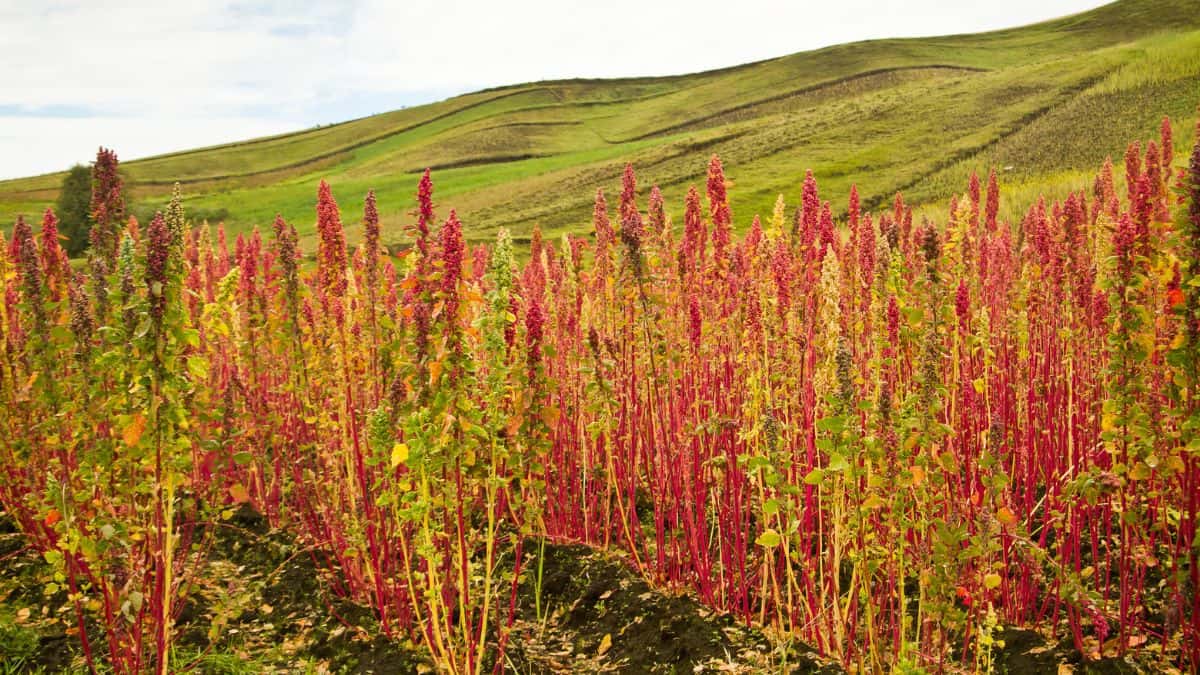
As demand has grown, so has the use of pesticides on quinoa crops. Even organic options aren’t always in the clear, especially when grown in areas where pesticide drift from nearby fields is common. If avoiding chemical residues is important to you, this is something worth paying attention to before tossing a bag in your cart.
It Can Be Hard on Your Gut

For people used to low-fiber diets, quinoa can be a shock to the system. Its fiber content is high, and while that’s usually seen as a benefit, it can also lead to bloating, cramps, and gas if your body isn’t ready for it. If you’ve ever felt off after eating it, you’re not imagining things.
It’s Crowding Out Other Local Crops
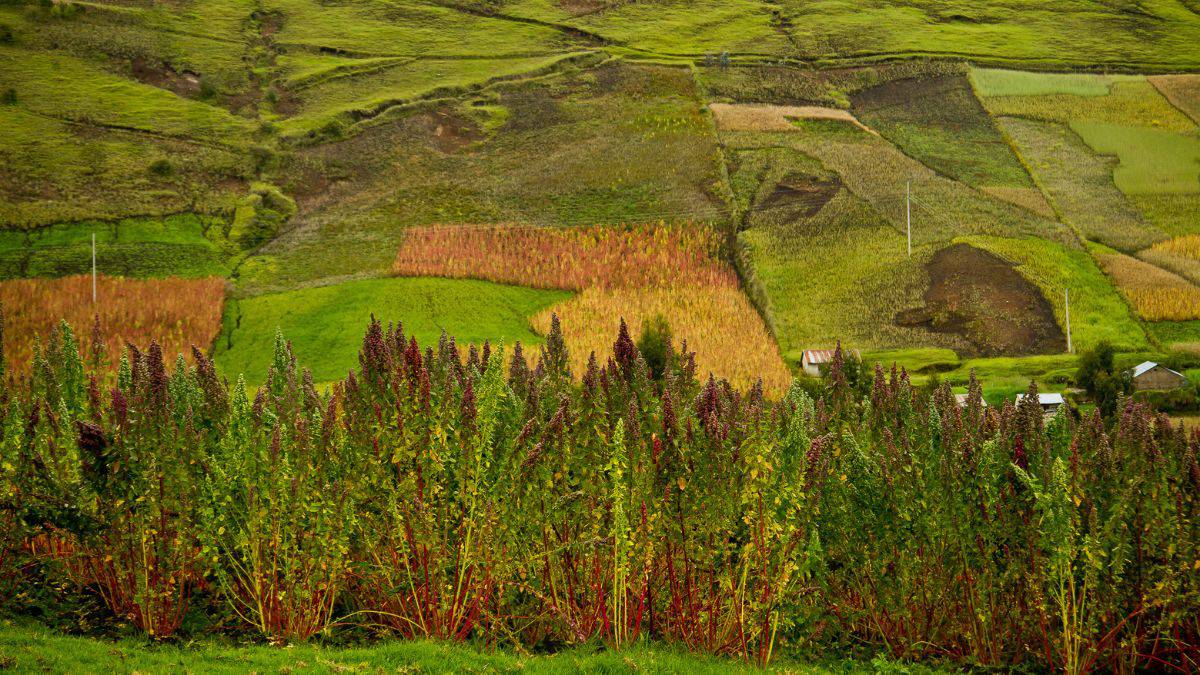
In the Andes, the quinoa boom has caused farmers to move away from traditional crops they’ve grown for centuries. That means fewer native plants, less biodiversity, and a shift in farming practices that prioritize export value over long-term food security. Quinoa might look like progress, but in some regions, it’s coming at a steep cost.
Less Variety, More Risk
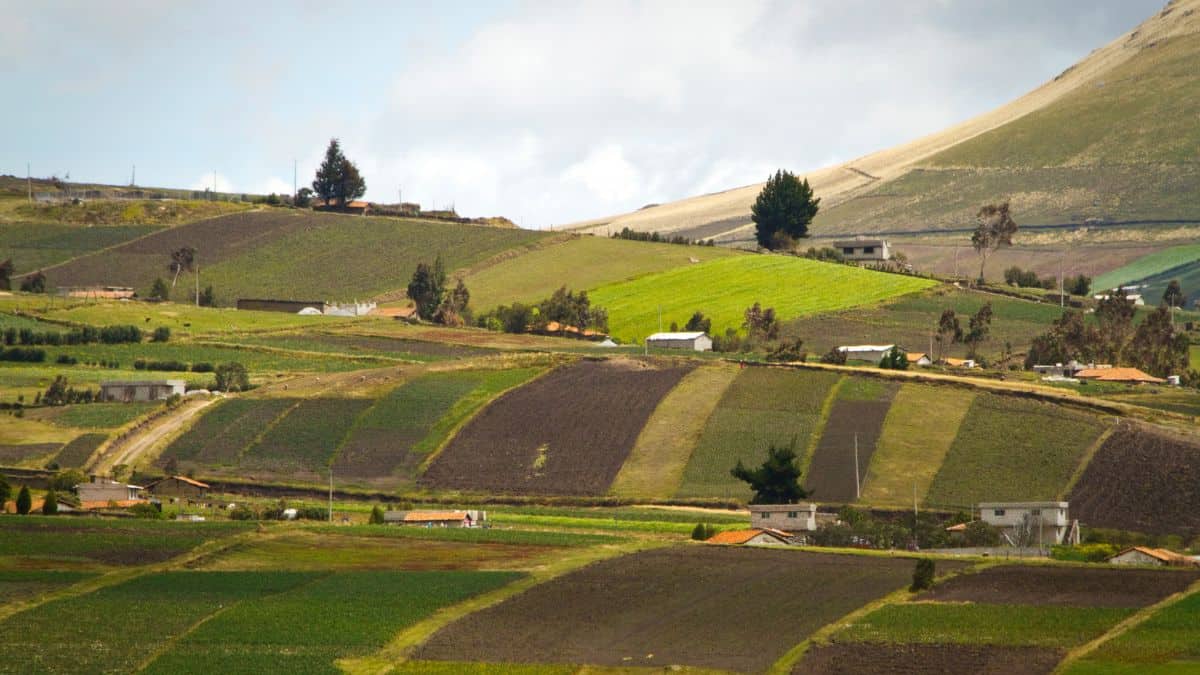
With so much focus on a single crop, farmers often plant the same quinoa varieties again and again. That might be good for consistency, but it leaves entire growing regions more vulnerable to disease, pests, and climate shifts. The more we rely on one trendy grain, the less room there is for diversity—and that’s not great for any food system.
11 Food Trends That Are Destroying the Environment
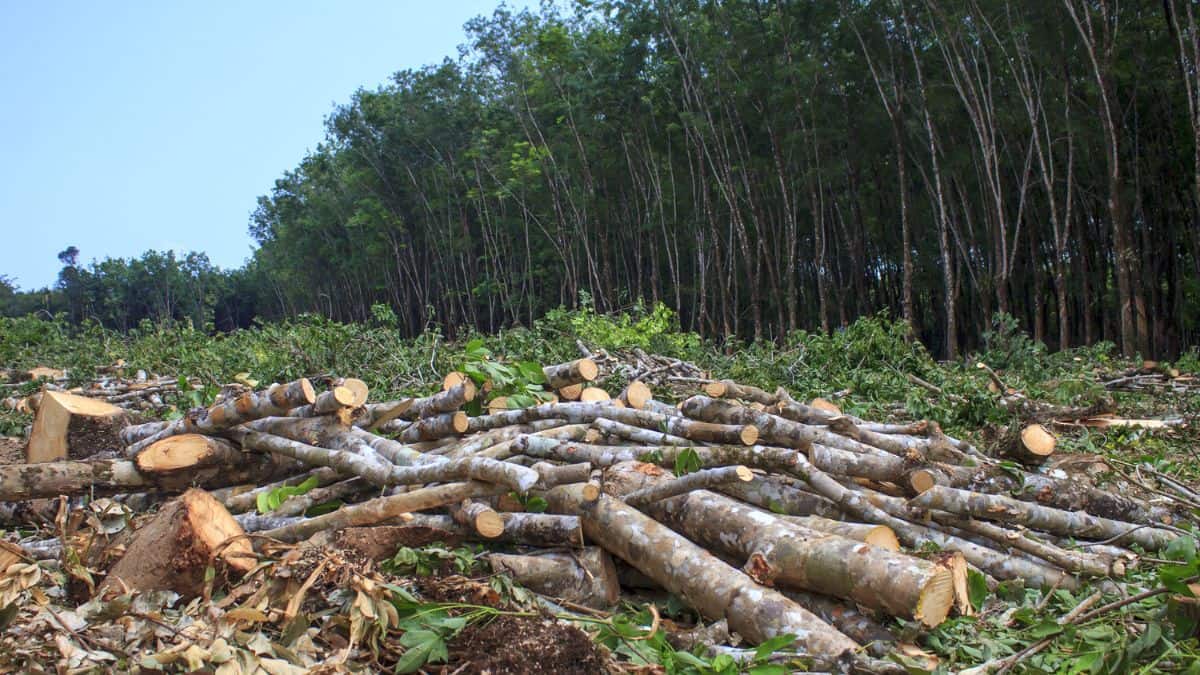
Food trends come and go, but their impact on the environment can linger much longer than their popularity. Take a look at how some of our favorite eating habits are not so favorable for the planet. From the water-intensive processes to the emissions-heavy transport of goods, it’s clear that what ends up on our plates can have far-reaching effects.
Read it Here: 11 Food Trends That Are Destroying the Environment
11 Plant-Based Foods That Are Worse For The Environment Than Meat

When you think of environmentally friendly foods, plant-based options often come to mind. But not all plant foods are created equal—some have a surprisingly hefty environmental impact. From high water usage to deforestation, these plant-based foods might be worse for the planet than you think.
Read it Here: 11 Plant-Based Foods That Are Worse For The Environment Than Meat
Select images provided by Depositphotos.
Gina Matsoukas is an AP syndicated writer. She is the founder, photographer and recipe developer of Running to the Kitchen — a food website focused on providing healthy, wholesome recipes using fresh and seasonal ingredients. Her work has been featured in numerous media outlets both digital and print, including MSN, Huffington post, Buzzfeed, Women’s Health and Food Network.








